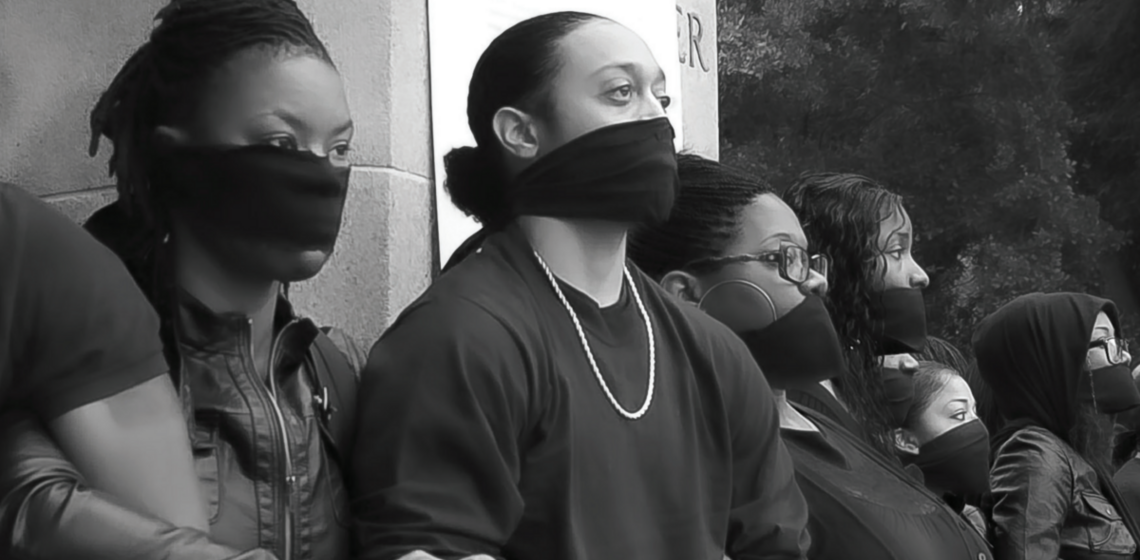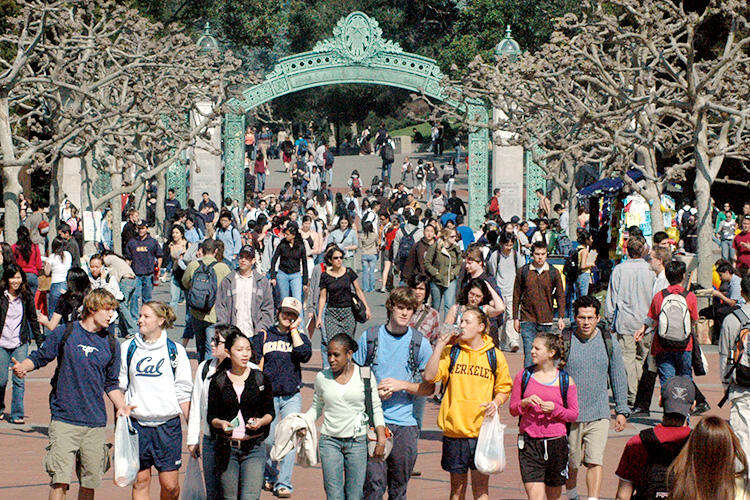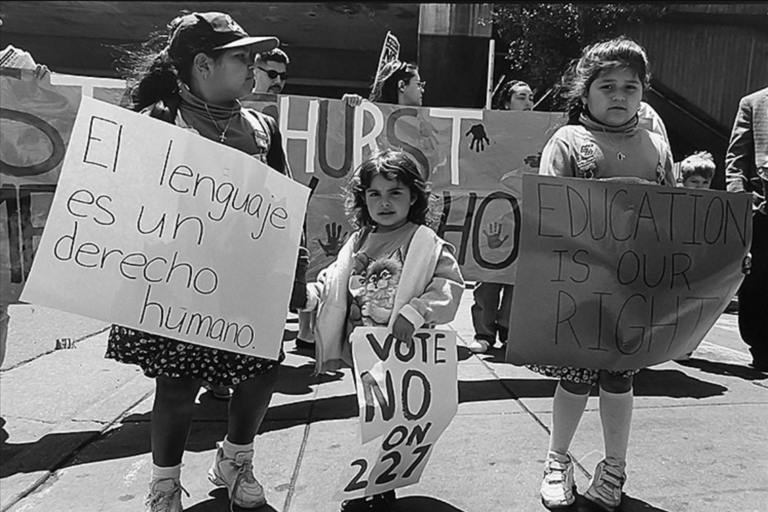As multiculturalism became the byword for the state of California and the UC system reached a “minority-majority” demographic status just a few years into the creation of the AC curriculum, the state of California became the bellwether of “the culture wars.” By the mid-1990s, the political ideology of colorblindness, explaining racial matters as the outcome of nonracial dynamics (Eduardo Bonilla-Silva, 2017) shaped the national discourse, andattacks against demographic diversity and race-centered public policies coalesced in 1994 in Prop 187 (barring undocumented people from access to education, health care and social services), in 1996 in Prop 209 (barring affirmative action or hiring decisions, contracting decisions, or academic admission decisions based on race, ethnicity, and gender in all state programs) and in 1998 in Prop 227 (banning most forms of bilingual education and mandating English language-only instruction).
Public schools became the principal targets of attacks with court cases leveled at higher education policies, especially admissions to public universities. Prop 209 dramatically shifted enrollment profiles in the UC system and in 1998 the first class assembled under the new ban, only 191 Black students were admitted (compared to 562 in 1997) and 600 Latina/Chicana students (compared to 1,266 in 1997). The AC curriculum weathered the war on diversity, and rebounding from the attacks, there was determined resistance on campus and the first Division of Equity and Inclusion was created. With it a number of campus-wide initiatives, including the American Cultures Engaged Scholarship (ACES) program were designed, leading to campus engagement with antiracism and inclusion initiatives in the diverse communities of the Bay Area.
A partnership of the Public Service Center and the AC Center, ACES fosters the creation of community-university partnerships with local organizations. Supporting faculty and community partners in forming their co-constructed projects, students have the opportunity not only to deepen and apply their AC classroom learning but often to bridge the gap between campus and their own lives and knowledge in communities they call home.




